
For many people, small business ownership is the American Dream. The ability to be your own boss (the business is the real boss), set your own hours (as long you work at least 80 hours a week) and build your own success (over a long period of time) can be appealing (if you are crazy enough). Money is one major barrier to entry for would-be entrepreneurs, however, and it can stop many people from following through with their business plans.
Unless you have a reliable method of funding your new business, you won’t be able to get it off the ground or keep it going. Fortunately, there are many types of funding options available. I have been fortunate enough to experience each of these funding paths at various stages of my carrier. They each serve a purpose, depending on the size and stage of the company and ultimate opportunity.
Credit Cards
In 1995 I maxed out my personal credit card to start a graphic design firm with a partner. Credit cards are one of the easiest types of credit to qualify for and as you establish your business you may be able to qualify for a business credit card (I love my AMEX). Many business cards come with special perks that make them appealing to entrepreneurs. When used wisely, credit cards can be a good way to set get through a cash crunch (I have used my credit card to creatively finance a payroll on more than one occasion). Unfortunately, they can also damage the owner’s credit if allowed to get out of control, and high interest rates make them a poor choice for businesses without immediate returns.
Pros:
- Relatively easy to qualify for
- Convenient to use
- Rewards programs offer valuable incentives
Cons:
- High interest rates
- Easy to spend inappropriately
- May not offer high enough limits to be valuable
Friends and Family
Asking friends and family for loans toward starting a business is an obvious choice, but may not always be the best idea. Money from family members often comes with strings attached, and your family’s expectations can have a detrimental effect on your business. Financial transactions between friends or family members can also lead to resentment if you default. If you do choose this route, be sure to write and abide by legal loan terms.
Pros:
- Capital can sometimes be given for free rather than loaned
- Low or non-existent interest rates on loans
- Money is available even to borrowers with poor or no credit
Cons:
- Friends or family may feel they have a say in your business plays due to their investment
- Relationships can be strained by financial arrangements
- You may not be able to get enough money to cover your expenses
Angel Investors
Angel investors are people who offer to provide start-up money to a business in exchange for ownership equity or convertible debt. These investors may work in groups or networks, and most angel investors are themselves retired entrepreneurs. While most people think Angel investors are strictly for startups, they can also be very helpful in recapitalization situations or buyouts.
Pros:
- Terms are more favorable than most other lenders
- One-time and on-going investments may be available
- Many investors are sympathetic and understanding due to their own entrepreneurial backgrounds
Cons:
- It can be hard to find an angel investor
- You share equity in your business with the investor
- Details vary between investors so research is required to ensure a fair dea
Venture Capital
Venture capital investors provide money in the early stages of promising new businesses. In return, investors reap the rewards of equity, often with a liquidation preference. Most venture capitalists (VCs) are investing the money of clients, not their own money. VCs look for big ideas with big potential for returns. They are not going to invest in your local coffee shop or small online store.
Pros:
- Large amounts of money are available if you can land a VC investment
- You don’t take on any debt (though there can be a “coupon” on the money invested)
- The backing of a venture capitalist can help give your business some legitimacy
Cons:
- You must share equity and often management via board seats in your business
- Very few businesses qualify for venture capital investments
- Deal structures are often detrimental to entrepreneurs unless you knock it out of the park.
Ultimately, there is no one right method for funding your business. Whether you choose one of these, or you decide to try something like KickStarter – it’s up to you as an entrepreneur to review your options and make the best choice for your individual needs. By understanding your choices, you can pick the funding that will serve your business best.
The one thing I can share is that the source of the money does matter. If you decide to take money from friends, family, angels or VCs make sure you know who you are getting in bed with.

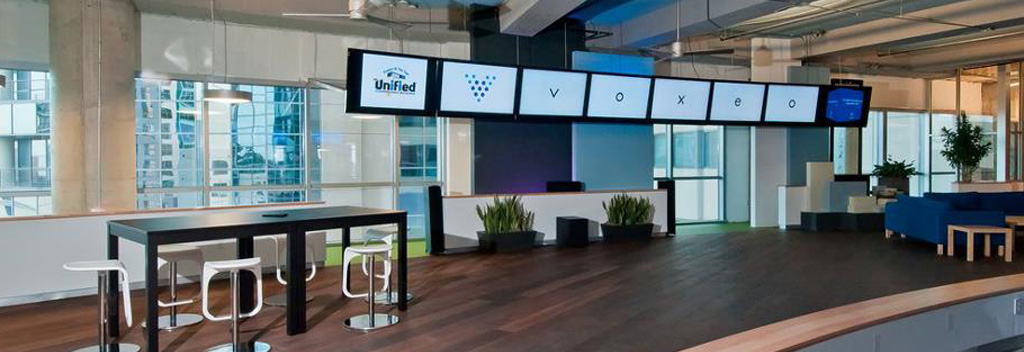
 Today,
Today,  I pinged
I pinged 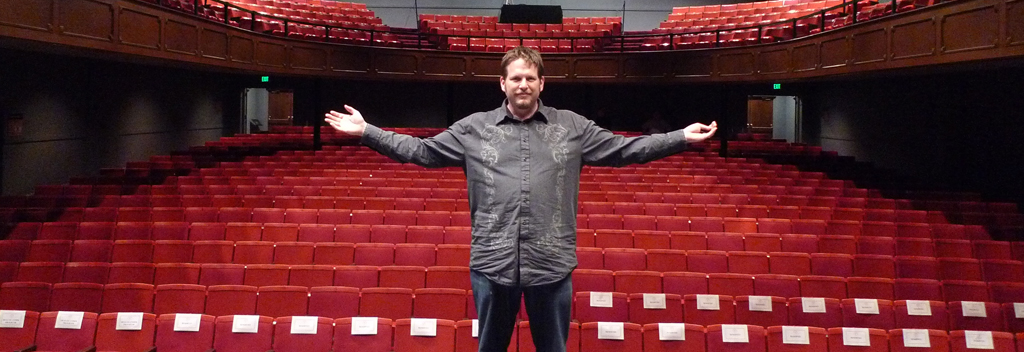
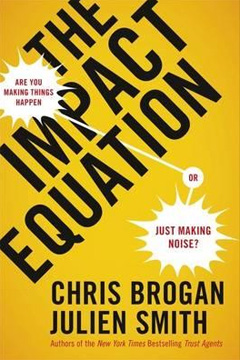
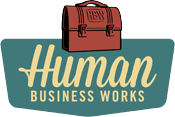 His success has garnered attention from all sorts of sources: from news articles in Forbes Magazine and The Boston Globe to television appearances on The Dr. Phil Show. He notes, ironically, that many people seem more impressed with his TV appearance than they do with his being a New York Times Bestselling author.
His success has garnered attention from all sorts of sources: from news articles in Forbes Magazine and The Boston Globe to television appearances on The Dr. Phil Show. He notes, ironically, that many people seem more impressed with his TV appearance than they do with his being a New York Times Bestselling author.


 The Waterloo-based startup, nested in the heart of Canada’s Technology Triangle, has dedicated itself to the development of gesture control and wearable technology since its founding in 2012. The company is an alumnus of University of Waterloo
The Waterloo-based startup, nested in the heart of Canada’s Technology Triangle, has dedicated itself to the development of gesture control and wearable technology since its founding in 2012. The company is an alumnus of University of Waterloo  With such hype around this ground breaking device, it’s no suprise that Thalmic Labs has attracted world-class investors including
With such hype around this ground breaking device, it’s no suprise that Thalmic Labs has attracted world-class investors including 

 While the reason to go is the dumplings, they do offer a full list of options on the menu. Other favorites of mine include Joe’s Shanghai Noodles, Crispy Beef and Shrimp Grand Marnier (not on the menu). If you head to the Chinatown location know that it can feel a little sketchy at night if you aren’t comfortable in big cities. They don’t accept credit cards so make sure you have some cash.
While the reason to go is the dumplings, they do offer a full list of options on the menu. Other favorites of mine include Joe’s Shanghai Noodles, Crispy Beef and Shrimp Grand Marnier (not on the menu). If you head to the Chinatown location know that it can feel a little sketchy at night if you aren’t comfortable in big cities. They don’t accept credit cards so make sure you have some cash.
 3. Provide Small Rewards for Small Details.
3. Provide Small Rewards for Small Details.
 I recently had the opportunity to catch up with Jeremiah, now a Partner at
I recently had the opportunity to catch up with Jeremiah, now a Partner at 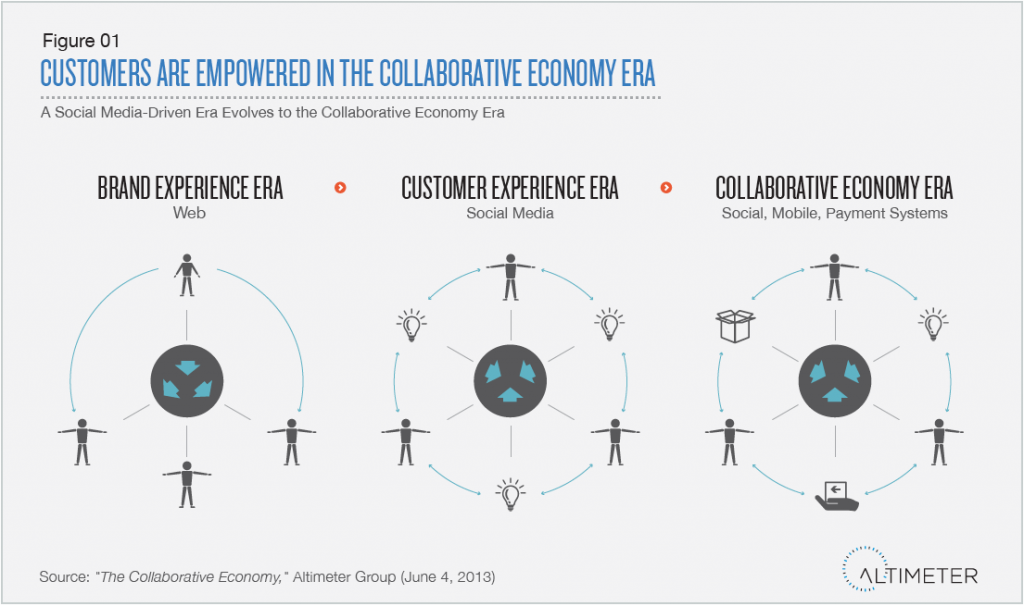
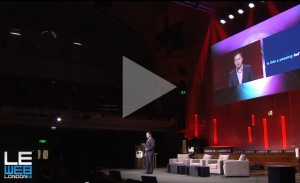
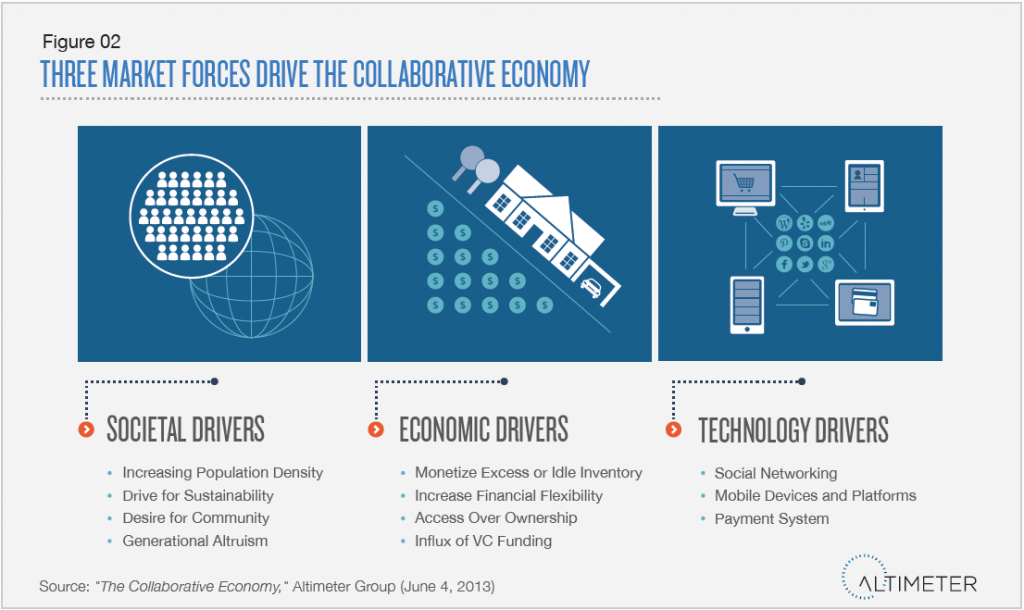
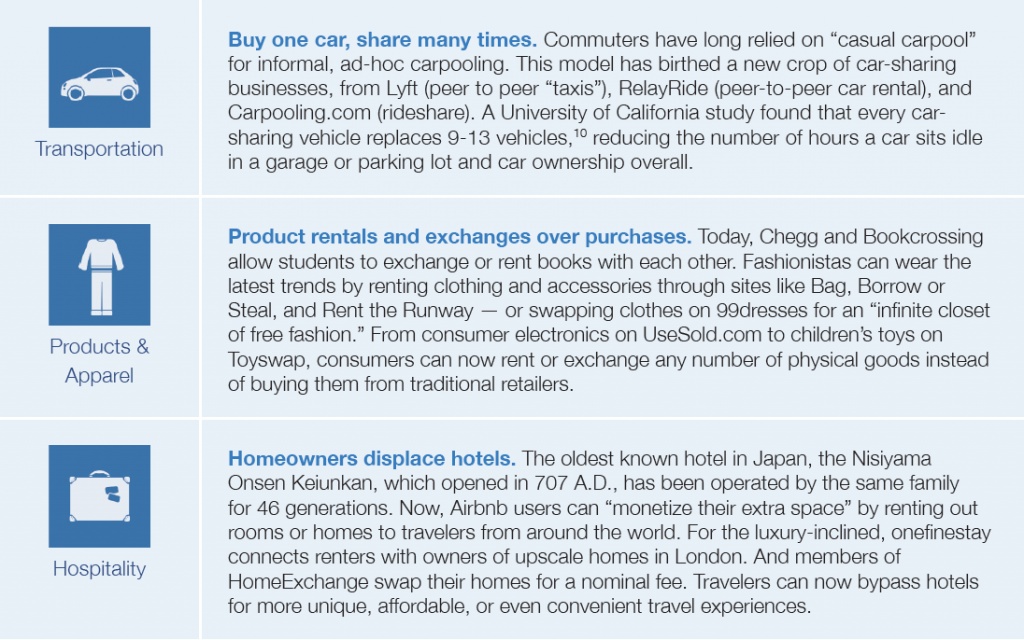
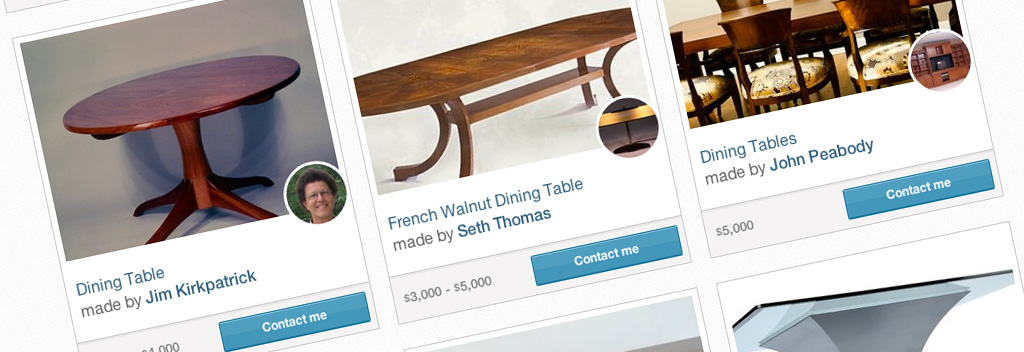
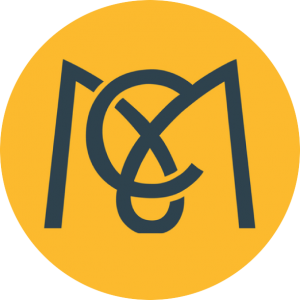


 Jack Dorsey
Jack Dorsey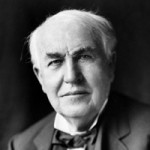 Thomas Edison
Thomas Edison Oprah Winfrey
Oprah Winfrey Henry Ford
Henry Ford J.K. Rowling
J.K. Rowling Walt Disney
Walt Disney Steve Jobs
Steve Jobs